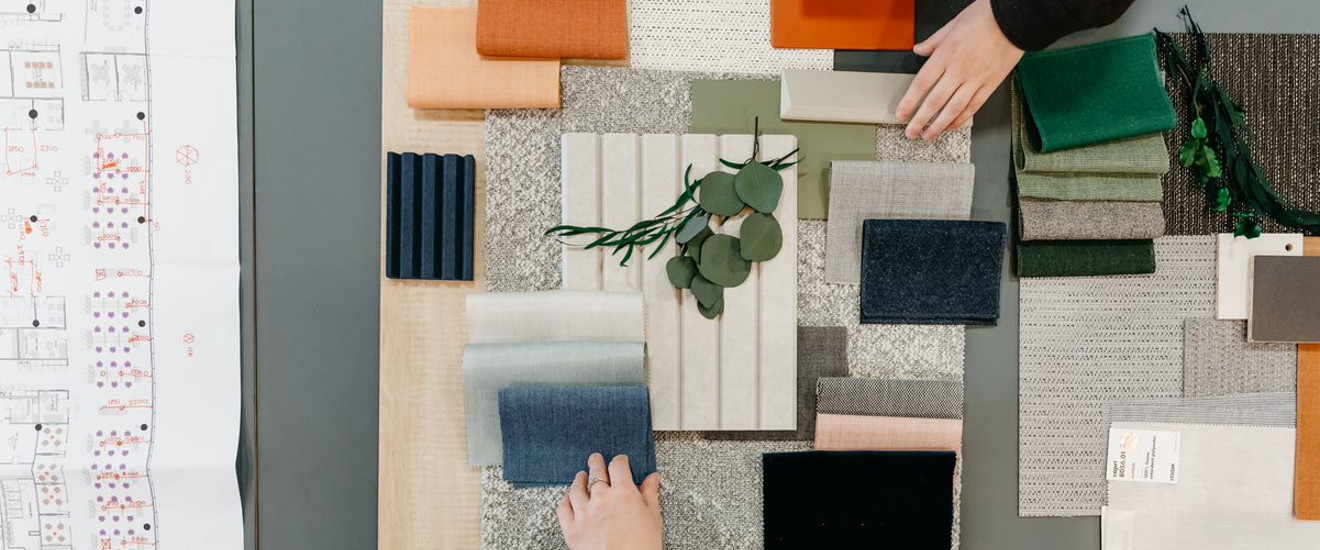All organisations can benefit from a workforce that thinks and tackles tasks creatively, and one of the most effective ways to foster creativity is to give employees a colourful and stimulating environment to work in.
But what different effects do colours really have?
Separate research studies conducted by professional workplace psychologists at Human Spaces and academics at the University of British Columbia both found that colours have a significant impact on creativity, inspiration and enthusiasm. Here are a few of the ones they focused on:
- Orange: Symbolic of energy, endurance and vitality, it’s ideal for stimulating original and perhaps unorthodox approaches to completing tasks.
- Yellow: Signifying freshness and optimism, it can help promote a positive approach to tackling creative responsibilities.
- Green: Refreshing, revitalising and calming, it’s great for keeping a cool and creative head in the face of demanding deadlines.
- Red: Commonly associated with danger and mistakes, red can make employees more hesitant and risk-averse, making it better suited to detail-oriented tasks.
- Blue: Associated with ‘openness, peace and tranquillity,’ it helps individuals subconsciously take a creative and open-minded approach to their work.
- Purple: Associated with mystery and luxury, it can encourage imaginative, aspirational thinking.
- White: Creates a physical and psychological space to move and think freely in.
However, whilst all these colours have the potential to boost creativity in the workplace, they only work when applied creatively and with care. Too much bright, acidic yellow, for example, can contribute to eyestrain and tension while too much red is thought to make an environment stressful.
When it comes to workplace design, to successfully utilise colour to boost creativity you’ll need to employ a selection of complementary and contrasting tones in three ways; as a canvas, a feature and an accent, to create an overall, colourful environment in which perhaps one or two colours dominate.
The hard part is not selecting the palette, it’s choosing how and where you apply it to interiors, equipment and accessories and bring the colourful design to life with light and textiles. Choosing accent colours specifically for the staff breakout areas, for example, is a great way to make the space feel like it is a retreat from their normal working environment, thus helping spark creativity or relaxation.
Ultimately, the secret to delivering a workplace interior that boosts creativity lies in the careful selection and application of colours that combine to make the environment stimulating yet harmonious and inspiring yet functional.

Start your workplace transformation today.
Your workplace holds enormous potential to improve your business performance. Get in touch today, and we will unlock that potential together.



